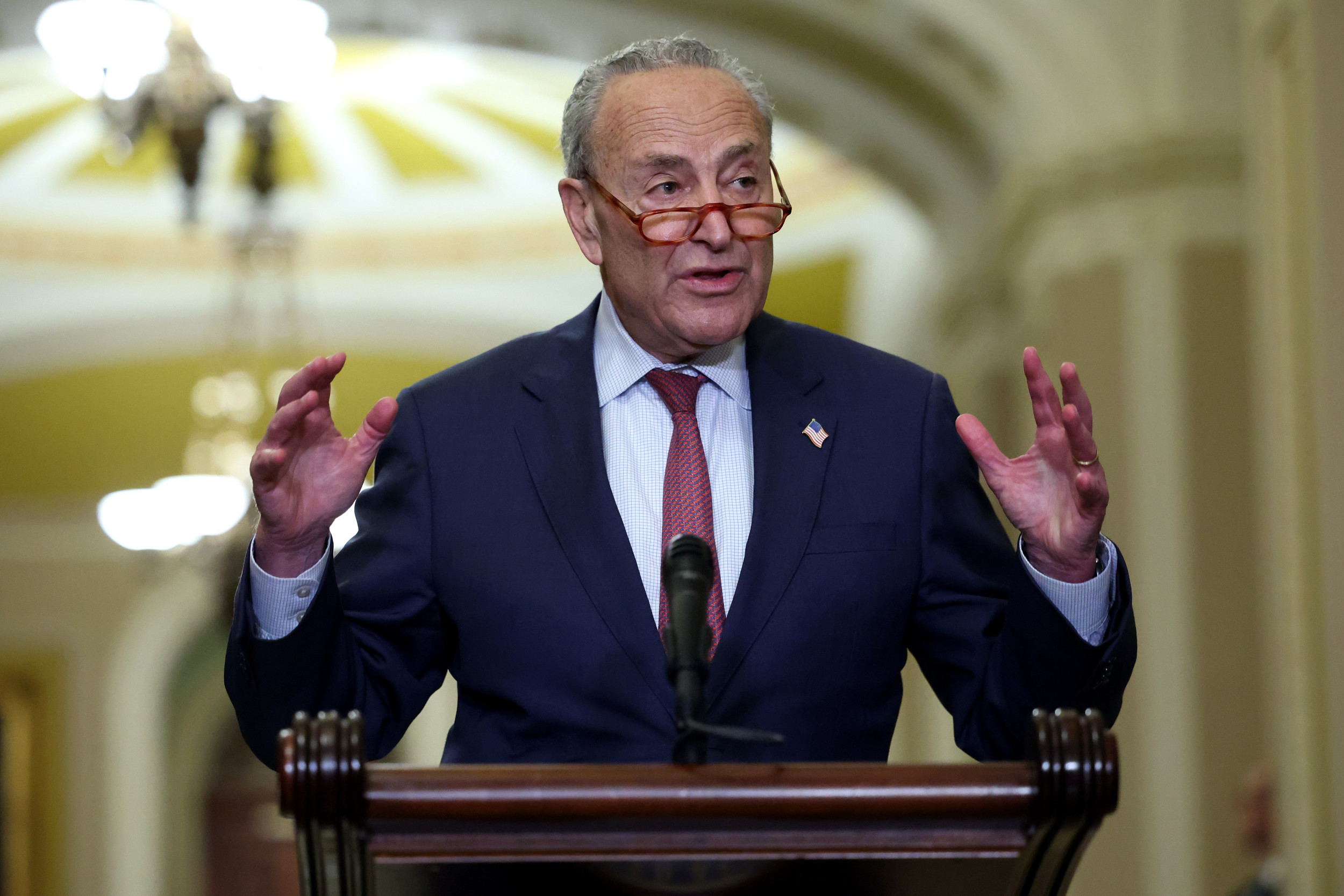Story by By Sofia Menchu • Thursday

Raid of the building of the Supreme Electoral Tribunal (TSE), in Guatemala City© Thomson Reuters
GUATEMALA CITY (Reuters) - Guatemala's top court on Thursday suspended an order barring the party of anti-graft candidate Bernardo Arevalo from running for the presidency, after a flood of international criticism that the country's democracy was in jeopardy.
The Constitutional Court said it had granted a provisional injunction filed by the Semilla party against a judge's order to suspend the party and seemingly kick Arevalo out of the race.

Raid of the building of the Supreme Electoral Tribunal (TSE), in Guatemala City© Thomson Reuters
Arevalo enjoyed a surge in support in June's first round voting to surprisingly qualify for a run-off against former First Lady Sandra Torres on Aug. 20. He has threatened to take on the political establishment which he accuses of being corrupt.

Raid of the building of the Supreme Electoral Tribunal (TSE), in Guatemala City© Thomson Reuters
Many analysts believe he could win if allowed to run.
But the election was thrown into chaos on Wednesday evening when the lower court granted a prosecutor's request to exclude Semilla over allegations the party had more than 5,000 illegally affiliated members, including 12 deceased people.

Supporters of anti-graft presidential candidate Bernardo Arevalo protest in Guatemala City© Thomson Reuters
The contest had already sparked international criticism after other opposition candidates were disqualified earlier in the process, and the move to shut out Semilla has aggravated fears for democracy and justice in Guatemala.

Supporters of anti-graft presidential candidate Bernardo Arevalo protest in Guatemala City© Thomson Reuters
The U.S., the European Union and other countries warned suspending Semilla was a threat to democracy.
Related video: Guatemala court suspends anti-graft candidate's party (Reuters)Duration 2:04 View on Watch
A group of international donors to Guatemala known as the G13, which include the U.S., Canada and Britain, said it was deeply concerned about actions threatening the authority of the electoral tribunal. Chile and Norway echoed concerns.
On Thursday morning, prosecutors raided the electoral tribunal's citizen registry office as part of the Semilla probe.
Neighboring Mexico backed the tribunal's ratification of the first round results, which had been delayed by allegations of irregularities brought by Semilla's adversaries.
Prosecutor Rafael Curruchiche, whose anti-impunity office requested Semilla's suspension, has previously targeted anti-graft campaigners and has been placed on the U.S. State Department's Engel List for "corrupt and undemocratic actors."
Asked about the potential for U.S. sanctions on those behind the Semilla suspension, a U.S. State Department spokesperson cited sanctions already imposed on Curruchiche and Attorney General Maria Consuelo Porras but declined to say more. "We do not preview future actions," the spokesperson said.
SURPRISE RISE
Polls had shown Arevalo - an ex-diplomat and son of former President Juan Jose Arevalo - as a distant outsider ahead of the first round.
His second-place finish shocked Guatemala's political establishment.
Arevalo told reporters earlier on Thursday he believed the lower court's move against Semilla violated a Guatemalan law preventing political party suspensions during an election.
"We are in the electoral race, we are moving forward and we will not be stopped by this corrupt group," he said.
The administration of outgoing conservative President Alejandro Giammattei said in a statement it would "maintain distance" from the judicial process and respect the election winner declared by the electoral tribunal.
Under Guatemalan law Giammattei cannot run again.
Arevalo's presidential rival Torres urged the popular vote be respected and said she was suspending her campaign in solidarity with Semilla voters.
Corruption allegations have dogged successive administrations, and the U.S. - Guatemala's top trade partner and a key source of remittances - has repeatedly criticized what it views as efforts to impede a clean-up of government.
Semilla's contender in the 2019 presidential election, former attorney general Thelma Aldana, was barred then too.
Aldana by then had a reputation as an anti-graft crusader and helped oust, prosecute and imprison conservative former President Otto Perez.
Arevalo said after the suspension his party was aware of a falsified signature and that Semilla itself in March reported the person responsible. However, the party was never allowed access to the case file, he said.
(Reporting by Sofia Menchu; additional reporting by Dave Graham and Valentine Hilaire in Mexico City and Matt Spetalnick in Washington D.C.; Writing by Kylie Madry and Cassandra Garrison; Editing by Sarah Morland, Stephen Eisenhammer, Josie Kao and Lincoln Feast.)
























